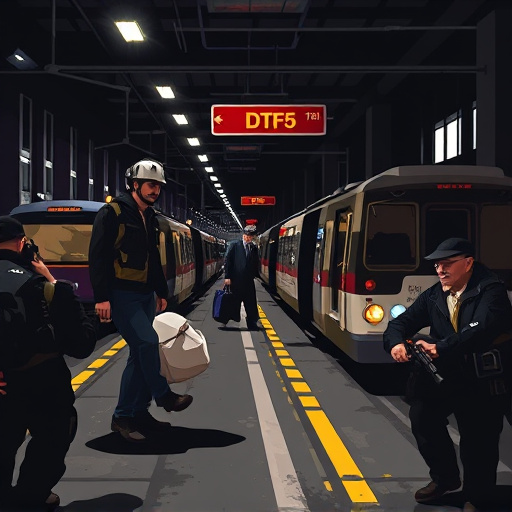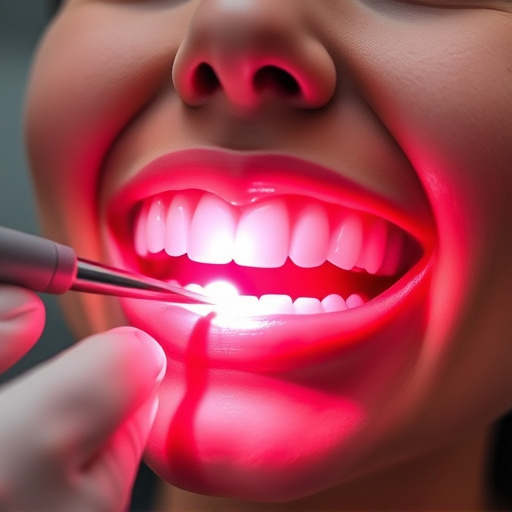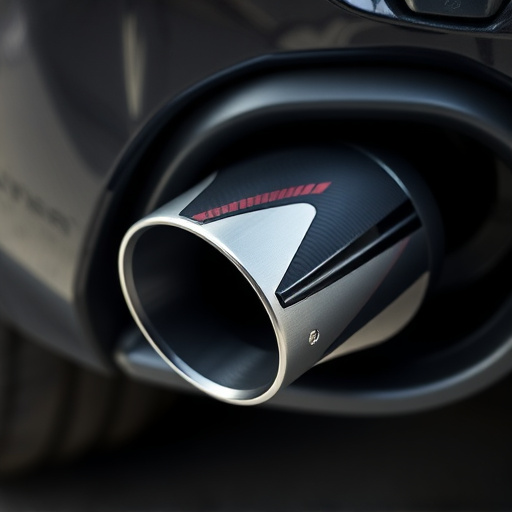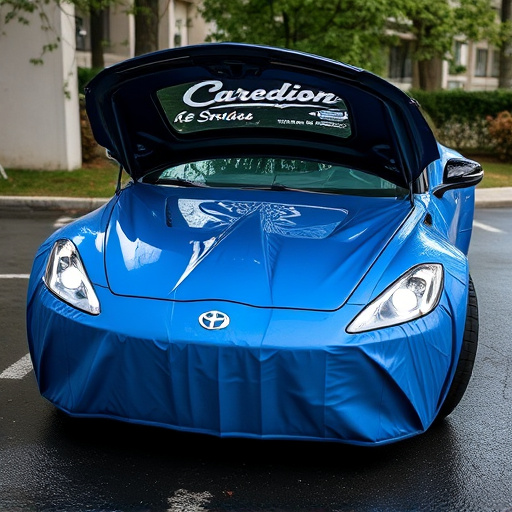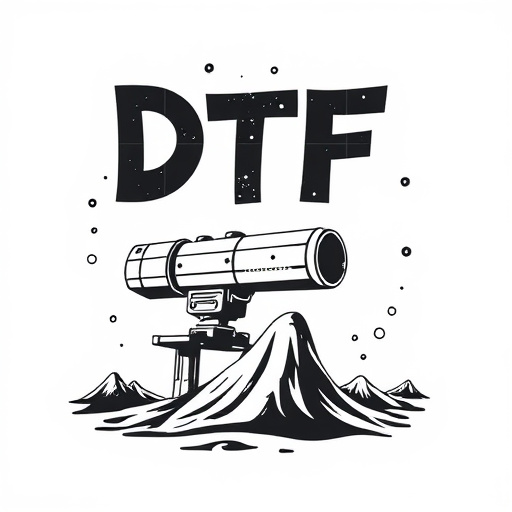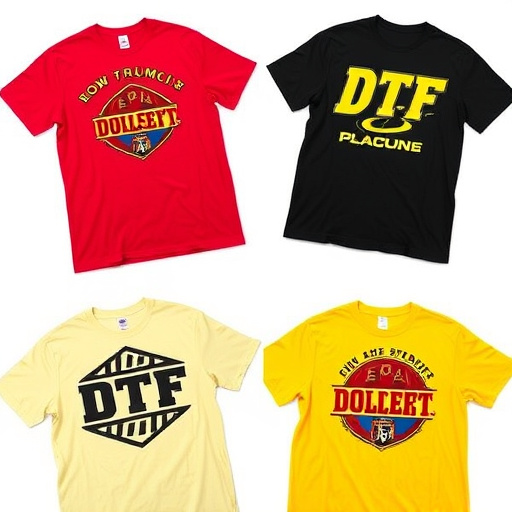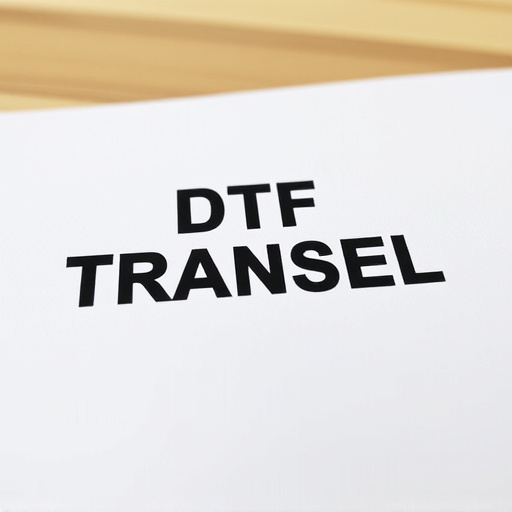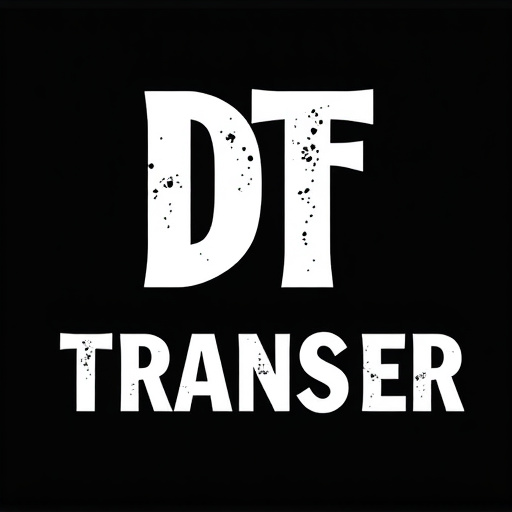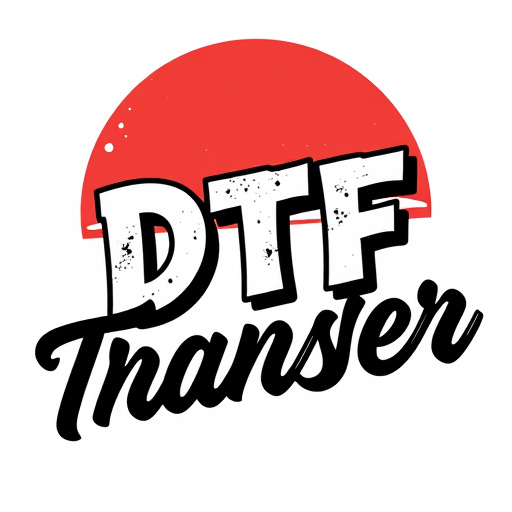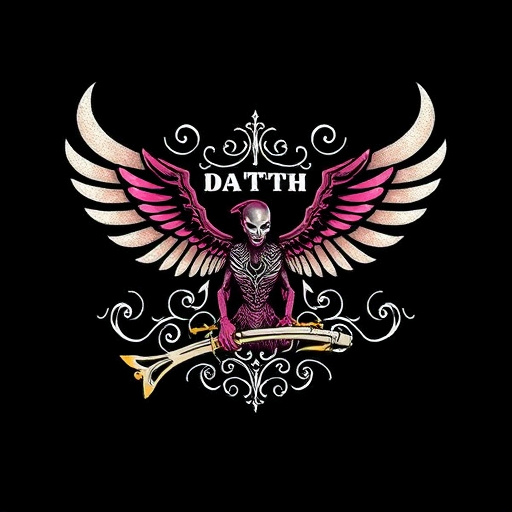Direct-to-Film (DTF) Transfers offer a cutting-edge solution for preserving and enhancing classic films, providing high-quality digital reproductions with unparalleled detail. This process involves advanced scanning, color correction, and image enhancement techniques, ensuring artistic integrity while streamlining data migration between systems. DTF Transfers are valuable for archivists, filmmakers, and enthusiasts, offering cost-effective alternatives to traditional restoration methods. By following best practices and leveraging modern technology, DTF services deliver stunning visuals with superior picture clarity, sound, and compatibility across devices, revolutionizing the way audiences experience cinematic heritage in today's digital era.
“Unleash the power of direct-to-film (DTF) transfers with professional expertise! This comprehensive guide explores the art and science behind this cutting-edge process. From understanding the fundamentals of DTF technology to uncovering the benefits for customers, we delve into every step.
Discover the advanced equipment and innovative techniques that ensure precise, high-quality results. Learn how professional DTF transfers enhance customer experiences and preserve cherished memories indefinitely. Get ready to transform your films into captivating digital formats.”
- Understanding Direct-to-Film (DTF) Transfers: A Comprehensive Guide
- The Equipment and Technology Behind DTF Transfer Process
- Benefits of Professional DTF Transfers for Customers
- Steps Involved in Creating High-Quality DTF Transfers
- Best Practices for Optimal DTF Transfer Results
- Case Studies: Successful DTF Transfers in Action
Understanding Direct-to-Film (DTF) Transfers: A Comprehensive Guide

Direct-to-Film (DTF) Transfers are a cutting-edge process that enables professionals to create high-quality digital reproductions of film prints directly onto modern media, such as HD or 4K digital films. This innovative method offers an unparalleled level of detail and preservation for classic films, allowing audiences to experience them as the filmmakers intended. The DTF Transfer process involves several complex steps, including meticulous scanning, color correction, and image enhancement techniques.
By employing specialized equipment and software, professionals can capture every nuance and texture from the original film frame, ensuring a faithful reproduction. This method is particularly valuable for archivists, filmmakers, and enthusiasts who wish to preserve cinematic heritage or enhance their collections with pristine visuals. DTF Transfers provide an alternative to traditional film restoration methods, offering a more efficient and cost-effective solution while maintaining the artistic integrity of the source material.
The Equipment and Technology Behind DTF Transfer Process
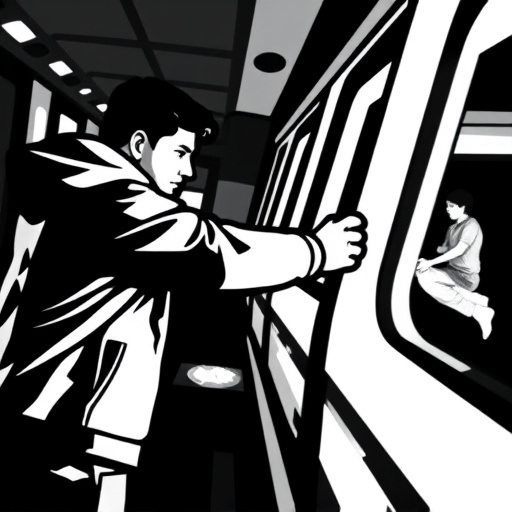
Benefits of Professional DTF Transfers for Customers
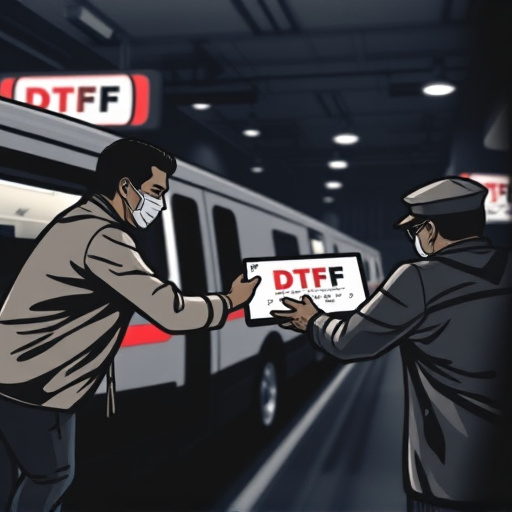
Direct-to-film (DTF) transfers offer a range of benefits for customers, enhancing their overall experience and satisfaction. Professional DTF services ensure that films are transferred with meticulous care, preserving the original quality and integrity of the content. This process involves advanced technology and expertise to accurately capture every detail, from vibrant colours to subtle nuances, resulting in a stunning visual experience.
For customers, the advantages are clear. High-quality DTF transfers mean they can enjoy their favourite films or precious memories with superior picture clarity and sound. It allows them to relive moments as if they were right there, providing an immersive and emotional connection. Moreover, professional transfers guarantee compatibility across various devices, ensuring customers can access their content seamlessly on modern streaming platforms or even legacy hardware.
Steps Involved in Creating High-Quality DTF Transfers
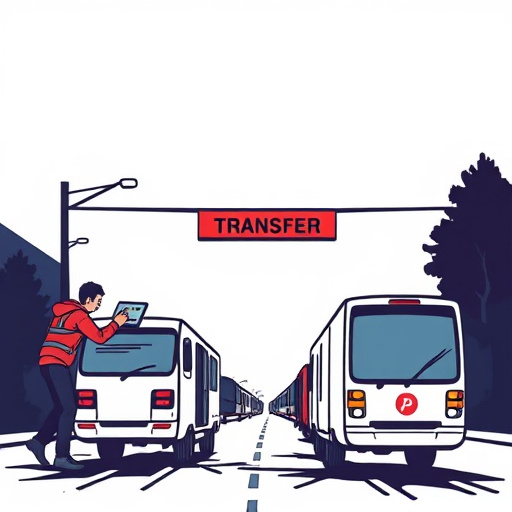
Creating high-quality Direct-to-Film (DTF) transfers involves a meticulous process that demands precision and expertise. It begins with sourcing the original film, ensuring its integrity and quality. The film is then carefully prepared, often requiring cleaning and repair to remove any imperfections or damage. This step is crucial as it lays the foundation for the subsequent transfer process.
Next, specialized equipment and software are employed to capture the film’s content digitally. Skilled technicians use high-resolution cameras and scanners to reproduce every detail accurately. After digital capture, color grading and restoration techniques are applied to enhance the image quality, correct any deviations, and ensure consistency. Finally, the restored footage is transferred onto the desired medium, whether it’s a modern digital format or a traditional film stock, maintaining its integrity for future viewing and preservation.
Best Practices for Optimal DTF Transfer Results
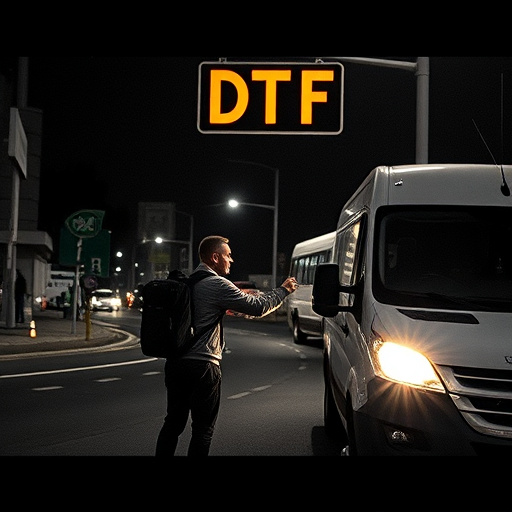
To achieve optimal results with direct-to-film (DTF) transfers, several best practices should be followed. Firstly, ensure your source material is in high definition and properly formatted for transfer. Clean and sharpen the image to reduce any noise or blurriness, preserving detail and color accuracy. Adjusting contrast and brightness levels can also significantly enhance the final output.
During the transfer process, maintain consistent temperature and speed settings to avoid damaging the film or introducing artifacts. Use high-quality equipment designed for DTF transfers to guarantee precision and accuracy. After the transfer, perform a thorough quality check, inspecting the image for any issues like pixelation, distortion, or color imbalances. Correcting these post-transfer can result in an even more impressive final product.
Case Studies: Successful DTF Transfers in Action
